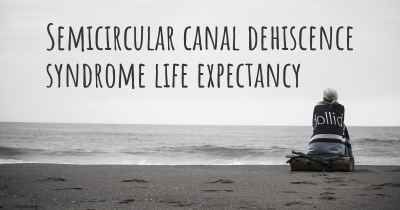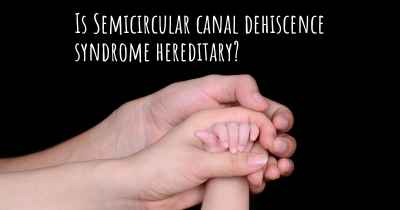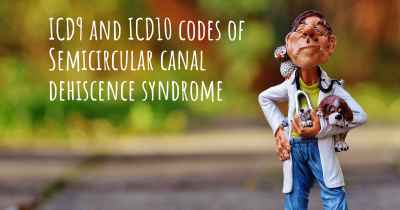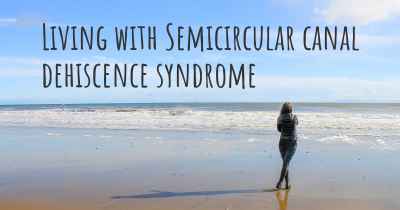Is it advisable to do exercise when affected by Semicircular canal dehiscence syndrome? Which activities would you suggest and how intense should they be?
See if it is advisable for people with Semicircular canal dehiscence syndrome to practice sports and which ones are the most recommended if you have Semicircular canal dehiscence syndrome

Semicircular Canal Dehiscence Syndrome (SCDS) is a medical condition that affects the inner ear, specifically the semicircular canals. These canals are responsible for detecting rotational movements of the head and maintaining balance. When a person has SCDS, there is a thinning or complete absence of the bone that covers the semicircular canals, leading to various symptoms such as dizziness, vertigo, hearing loss, and sensitivity to loud sounds.
When it comes to exercise and SCDS, it is important to approach physical activity with caution. While exercise can have numerous benefits for overall health and well-being, certain activities may exacerbate the symptoms of SCDS. It is advisable to consult with a healthcare professional, preferably an otolaryngologist or an audiologist, before starting any exercise regimen.
Low-impact exercises are generally recommended for individuals with SCDS. These activities help to minimize the risk of worsening symptoms and provide a gentle workout. Some suitable exercises include:
- Walking: Walking is a low-impact exercise that can be easily incorporated into daily routines. It helps improve cardiovascular health without putting excessive strain on the body.
- Swimming: Swimming is an excellent option as it is a non-weight bearing exercise that reduces stress on the joints. It also provides a full-body workout and can be particularly beneficial for individuals with balance issues.
- Cycling: Cycling, whether outdoors or on a stationary bike, is a low-impact exercise that can be adjusted to individual fitness levels. It helps improve cardiovascular endurance and leg strength.
- Yoga: Yoga focuses on gentle stretching, balance, and relaxation. It can help improve flexibility, core strength, and overall well-being. However, certain yoga poses that involve head movements or inversions should be avoided or modified.
When engaging in exercise with SCDS, it is crucial to pay attention to the intensity of the activity. High-intensity exercises or activities that involve rapid head movements, such as running or jumping, may trigger or worsen symptoms. It is recommended to start with shorter durations and lower intensities, gradually increasing as tolerated.
Additionally, it is important to listen to your body and be aware of any changes or worsening of symptoms during or after exercise. If symptoms worsen or persist, it is advisable to stop the activity and consult with a healthcare professional.
Other considerations for individuals with SCDS include:
- Protecting the ears: It is essential to protect the ears from loud noises, as individuals with SCDS may be more sensitive to sound. Wearing earplugs or earmuffs in noisy environments can help prevent further damage to the inner ear.
- Avoiding triggers: Certain activities or positions may trigger symptoms in individuals with SCDS. These triggers can vary from person to person, so it is important to identify and avoid them. Keeping a symptom diary can help track triggers and patterns.
- Seeking professional guidance: Working with a healthcare professional who specializes in SCDS or vestibular disorders can provide personalized guidance and recommendations for exercise and symptom management.
In conclusion, exercise can be beneficial for individuals with SCDS, but it is crucial to approach it with caution. Low-impact exercises such as walking, swimming, cycling, and yoga are generally recommended. The intensity should be gradually increased, and any worsening of symptoms should be taken seriously. Protecting the ears from loud noises and avoiding triggers are also important considerations. Consulting with a healthcare professional is highly advisable to ensure a safe and suitable exercise routine.








